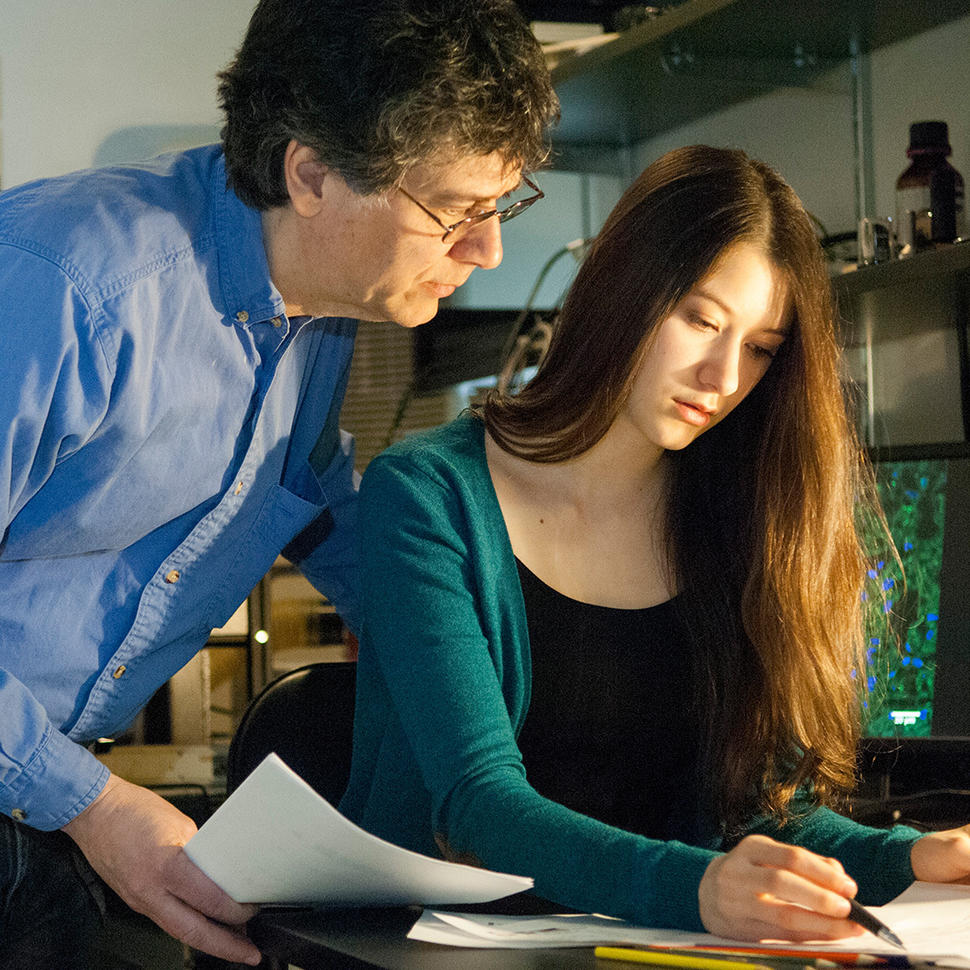Sanford Simon
- The Günter Blobel Professor and Head of the Lab of Cellular Biophysics, Rockefeller University
- President, The Fibrolamellar Registry
Elana Simon
- Ph.D. Student in Biomedical Informatics, Stanford University
- Director, The Fibrolamellar Registry
For Dr. Sanford Simon and daughter Elana Simon, cancer hit close to home. At 12, Elana was diagnosed with a rare liver cancer, fibrolamellar hepatocellular carcinoma (FLHCC). Surgery was the only effective treatment and resulted in Elana being cancer free. She went on to study FLHCC in her father’s lab, crowdsourcing fibrolamellar tumor samples on YouTube and discovering the genetic mutation that caused the cancer. This is now being used both for diagnosis and treatment.
FLHCC, like other childhood cancers, is quite rare, which makes it difficult to get patient information needed to study this disease. To address this, the Simons teamed up with other patients, families, and scientists to organize The Fibrolamellar Registry, a collection of health data from people with FLHCC, which allows researchers to make use of patient information across institutions and over time.
“New technologies are making it possible for us to share our information to help identify and understand our diseases,” said Elana. “Through these, there is hope for cures that previously would have been considered miracles.”
